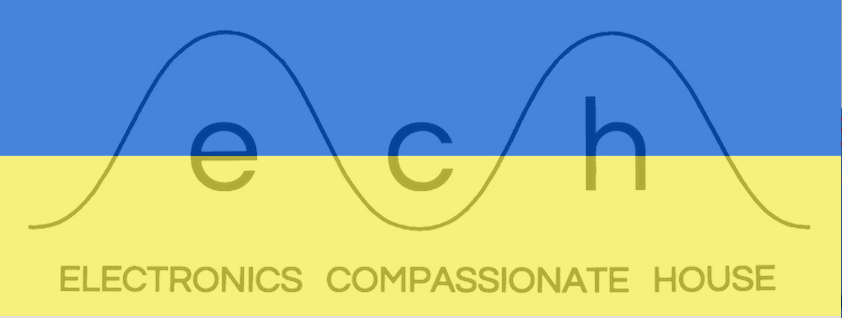 |
| ACE TONE Top-8 |
I have used an ACE TONE Top-1 for about 15 years and have found it very reliable and well made. This Top-8 is more complicated and therefore more prone to problems but still decently designed and assembled (also, my Top-1 is RED and this one is a humble grey).
A difference between the Top-1 or Top-5 (which I had for a while) and the Top-8 is the inclusion of the "SUSTAIN 1" and "SUSTAIN 2" tabs. The sustain feature involves a set of 16 or so additional oscillators packed onto a few extra boards inside the organ. These seem to generate sine tones with some decay hang that can be mixed with the the dry normal voices. Thus with 'sustain' on you get a bit of fake reverb/ very fake piano on the top 2 octaves. Uncommon on a combo organ but it would probably sound great in certain contexts!!
When this instrument was brought in the sustain oscillators and the bass oscillators were the only functional parts. These voices use separate circuitry than the main voices, though, so I looked for a common cause that would affect all the 11 oscillator boards. Basic checks of the power supply and ground connections quickly led me to poor connections where many of the pcbs slot into bases.
It seemed to me (also based on deformed screws in the case) that this organ had fallen hard, upside down, on a corner and slammed top down into the floor. This is not a crazy thing to happen when gear is stacked or moved or even used in certain live contexts, but it is a terrible shock to an old electronic device. Many of the boards had popped well out of their sockets. Foam padding intended to keep the pcbs in place had gone stiff and there was to much room. There are at least 15 separate boards in there for oscillators, mixing, filtering etc... Cleaning all of the connections and reseating them all brought the organ largely back to life. One of the pcbs that was loose handled the signal mixing of the voices and was preventing any signal from coming through the next stages, making the instrument seemingly dead. But it was a relatively minor wound in the end.
This still left may specific problems including the stuck bass note, dead Fs in the middle octaves, a dead C in certain voices, no sustain on one E and some intermittent huffing and puffing in the sustain circuit as well as dirty pots and rockers.
 |
| One of 11 primary oscillators in the ACE TONE Top-8 |
Organs are tangled with dense wire runs and full of contact switches - this one has four sets of contacts on each key, so hundreds of contacts - but they can be fixed using patience, contact cleaner, a multimeter used mostly to check continuity and a basic understanding of typical 1960s combo organ circuit design.
No schematic was available for this organ but I was able to trace and test the signal path through the various key contacts to the dividers on the oscillator boards by testing working keys adjacent to the problem keys. A loose wire from the second divider on the C board was causing the dead C on certain tones and this was fixed.
The lost Fs were certainly a divider problem not a contact problem. When the same note is dead in multiple lower octaves but works in the highest you can assume a divider is the problem. Organs generate the highest notes first and then "octave drop" them multiple times to produce lower notes using transistor flip-flop circuits. In this case a corroded trace on the F oscillator board was causing the problem.
The stuck bass note was caused by the leaf spring contacts on the lowest F note having popped under the rail they should have been over. Thus pressing that key silenced the note rather than sounded the note. I don't even know what situation could cause this. Probably the same heavy trauma that caused the other problems. A simple mechanical fix.
With these repairs made the organ is 99% functional again. I just need to track down the bad E which is probably the fault of that note's sustain oscillator! Nonetheless, a massive improvement in usefulness has been obtained.
This organ sounded ready for the dumpster but was not fundamentally damaged!
